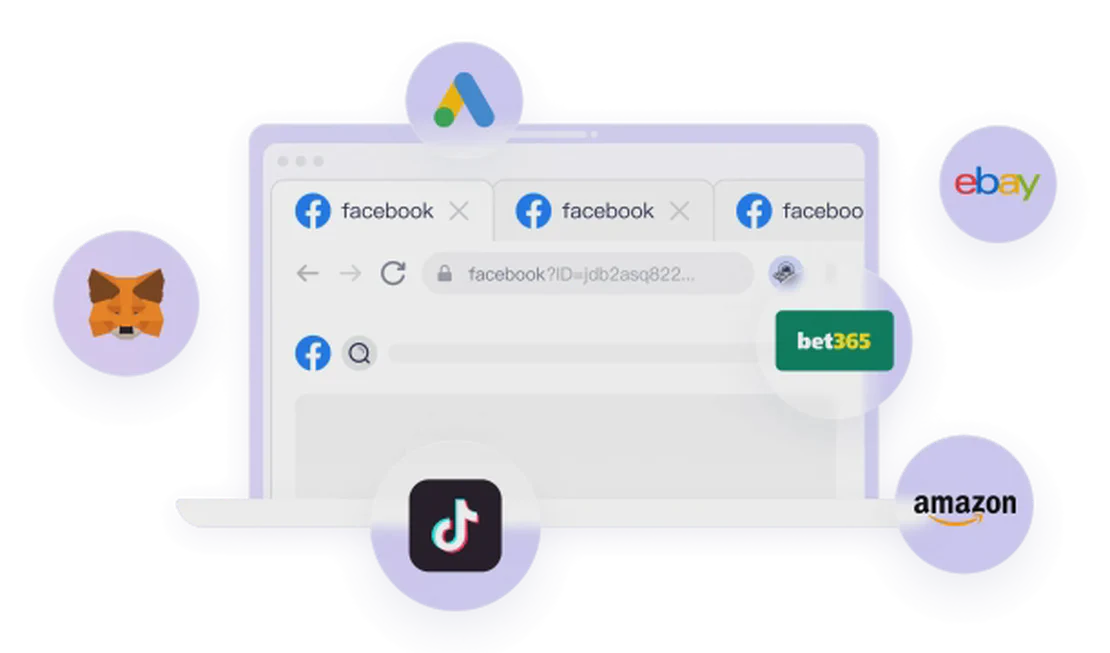What is a DApp?
A DApp (Decentralized Application) is an application that runs on a peer-to-peer (P2P) network rather than being hosted on centralized servers. DApps utilize blockchain technology to ensure data integrity, security, and transparency. They are often developed on platforms like Ethereum, which supports smart contracts.
Key Features of DApps
Decentralization:
DApps operate on a decentralized network, reducing the risk of a single point of failure or censorship.Open Source:
Most DApps are open-source, allowing anyone to inspect, modify, or contribute to the code.Incentivized:
Users typically earn tokens for their participation, whether it’s through validating transactions, providing services, or contributing to governance.Smart Contracts:
DApps utilize smart contracts—self-executing contracts with the terms of the agreement directly written into code—to automate processes and enforce rules without intermediaries.
Structure of a DApp
A typical DApp consists of three main components:
Front-end Interface:
The user interface can be a web or mobile application built using traditional languages like HTML, CSS, and JavaScript.Smart Contracts:
The backend is composed of smart contracts deployed on the blockchain. They define the rules and logic of the DApp.Blockchain:
This is the underlying network that records transactions and the DApp’s data. It ensures the integrity and transparency of the application.
Benefits of DApps
Censorship Resistance:
No single entity controls the DApp, making it resistant to censorship attempts.Enhanced Security:
Data is distributed across the network, making it harder to hack compared to centralized applications.User Control:
Users maintain control over their data and transactions without relying on centralized authorities.Programmable Logic:
Smart contracts allow for the creation of complex logic that can respond to various conditions automatically.
Use Cases of DApps
Finance:
Decentralized finance (DeFi) platforms allow users to lend, borrow, and trade without intermediaries.Gaming:
Blockchain-based games enable players to truly own their assets and trade them on secondary markets.Social Media:
DApps can provide users with alternatives to traditional platforms while ensuring privacy and data ownership.Supply Chain:
Companies can use DApps for tracking products through the supply chain, enhancing transparency and accountability.
Conclusion
DApps represent a significant shift in how applications are built and used, removing reliance on centralized services. By leveraging blockchain technology and smart contracts, DApps offer new opportunities for security, transparency, and user control. As the ecosystem continues to grow, DApps have the potential to disrupt conventional industries and foster innovation.
You May Also Like
